|
Notes to Self
Mixed Media / 2012-2013
Judith Kindler brings a contemporary interpretation of Salon exhibition style, originating in the 1670's, to this work titled Notes to Self. The complex compositions of the artist's salon style installations are presented in custom made distressed frames cradling imagery of horses, objects like crowns, bowls, cords, and ladders, and composed studio images. Her models are juxtaposed in quiet stillness with handwritten notes, as if a part of the journal entries belonging to the artist. Kindler plays with her own need to document her thoughts and reflective moments.
The mixed media installations are rich with images from the artist's time spent in the rural areas of the Northwest. Kindler, who trained in both hunter jumper and dressage, has a lifelong love of horses, a subject that has played front and center in this work, and periodically a focus of her work since 1988. Applying the broken surfaces that the multi-paneled salon installations present, to a single work, brings a whole new feeling to the much loved subject of the horse.
Kindler also pulls from the rich social history of the Salon, in her use of imagery to symbolically suggest that the issues of the 1700's and 1800’s were not much different than the present issues facing contemporary society. This history is described in the writings of Anna Hoffman* and Thomas Crow**:
Blogger, Anna Hoffman writes about the history of the Salon style: “Initially when the crown-sponsored Royal Academy of Painting and Sculpture began mounted academy exhibitions in the 1670’s, they would hang all the paintings closely next to and atop one another so as to fit them all in." This became very popular as well as practical and began to appeal to the commoner.
Hoffman writes "In 1737, the Academy opened the exhibit up to the public. This had two significant results: not only was this a place where the social classes mingled in considerable quantity and proximity, but now the culturally important act of having an opinion was open to the rabble. And the rabble made themselves heard, often through the publication of pamphlets where members of the audience would record their thoughts on the event, picture by picture. Suddenly, art was being consumed - not purchased, but visually and culturally consumed - by a different audience, one that was not bound by etiquette or friendship or tradition to the royal artistic agenda. The Salon was so popular, and so important to artists, patrons and the public audience, that it endured in much the same form until the late-19th century.”
"The art historian Thomas Crow presents the Salon as a turning point in the French social structure: the public viewing and judgment of artwork, which had always been the domain of the rich and powerful, was both a reflection and a precursor of the chang
ing relationship of the 'masses' and the elite. Before the Salon, the Academy of painters fell under the bureaucratic jurisdiction of the crown; painters were limited as to what subjects they could paint, and were kept within certain protocols. With the Salon, the public registered their opinions not only of the individual painters and works, but also with the system itself - a part of and a metaphor for the Monarchy. And the public opinion's clear influence on the art world was a demonstration of the new and formidable power of the people in the decades leading up to the Revolution."
Kindler has expressed that freedom that an artist has now, to produce work that reflects the artists' world, their innermost feelings and how they view the people and events of life around them. No longer is an artist bound to reflect the opinions or iconic images of the church or portraits of the royal court or the affluent patron. Kindler's work celebrates the Salon for creating this incredible and unexpected gift to the history of art in Western culture, to the artist, and to the public whose opinions helped to shape contemporary art.
*Anna Hoffman, Blogger for Apartment Therapy, received her Master's Degree in the History of Decorative Arts from Bard
**Thomas Crow, Institute of Fine Arts NYU
Rosalie Solow Professor of Modern Art; Associate Provost for the Arts

Freedom, 2012, Mixed Media on 4 panels, 67" X 68.75"
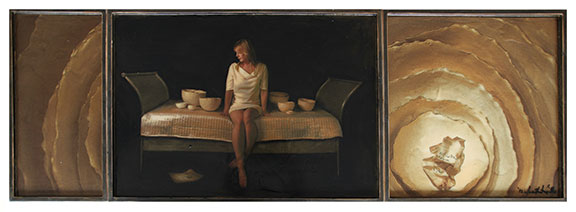
Quiet, 2012, Mixed Media on 3 panels, 25.5" X 76" SOLD

Voyeur, 2012, Mixed Media on 2 panels, 38" X 56" SOLD

The Crown,, 2012, Mixed Media on 5 panels, 48" X 60"

Royal, 2012, Mixed Media on 15 panels, 53" X 71.5"

The Package, 2012, Mixed Media on 3 panels, 78.5" X 49.25"

All Packaged Up, 2012, Mixed Media on 3 panels, 62.75" X 31"
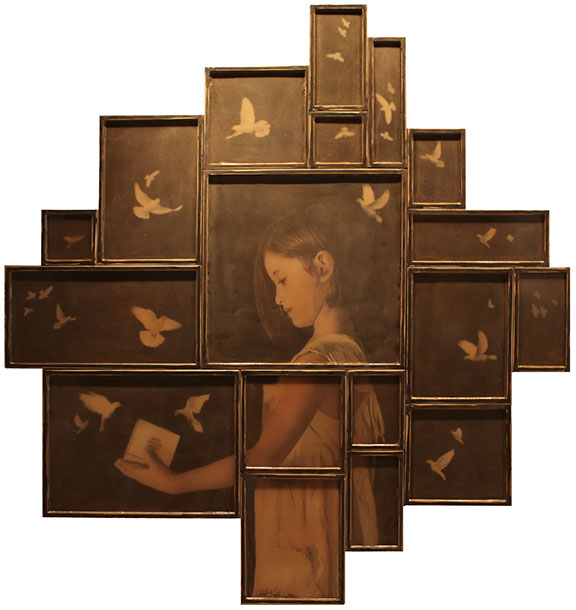
Bird Catcher, 2012, Mixed Media on 18 panels, 77" X 71"
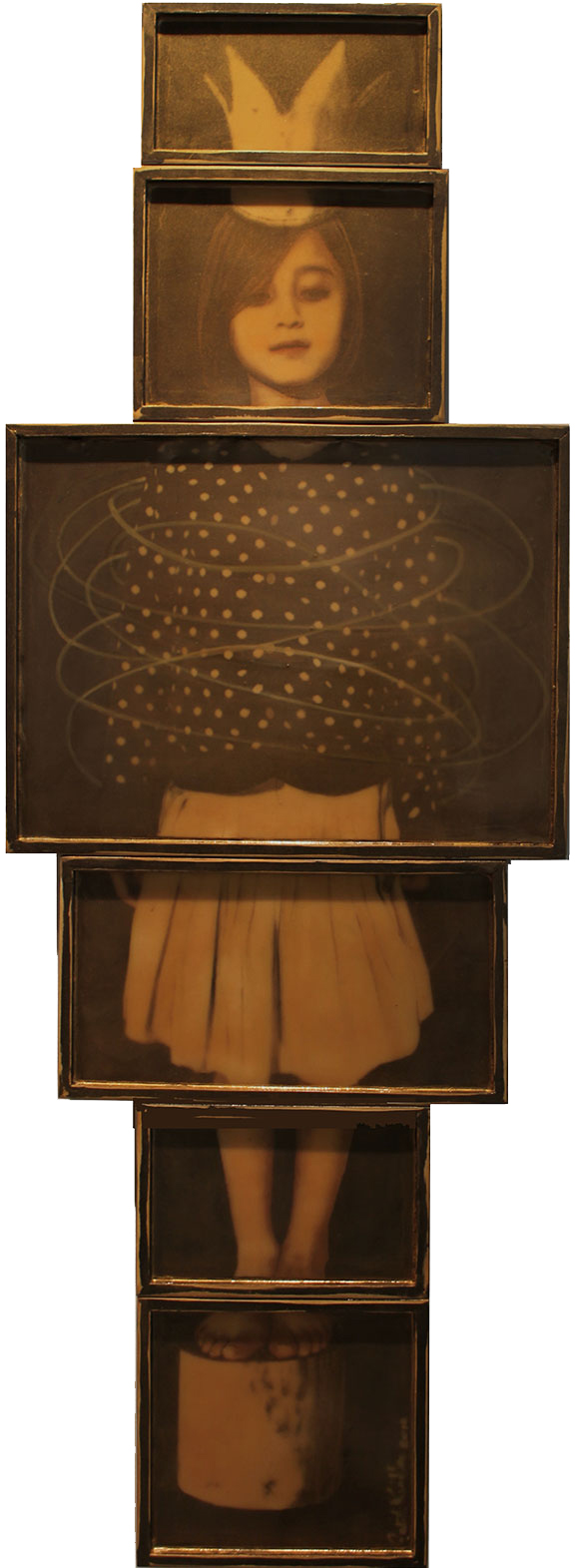
Crowned Girl, 2012, Mixed Media on 6 panels, 72" X 25"

The Box and the Bird, 2012, Mixed Media on panel, 49.5" X 37.25"
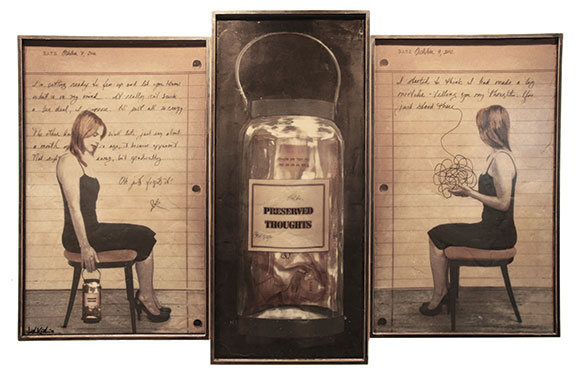
Preserved ThoughtsI, 2012, Mixed Media on 3 panels, 56" X 85"
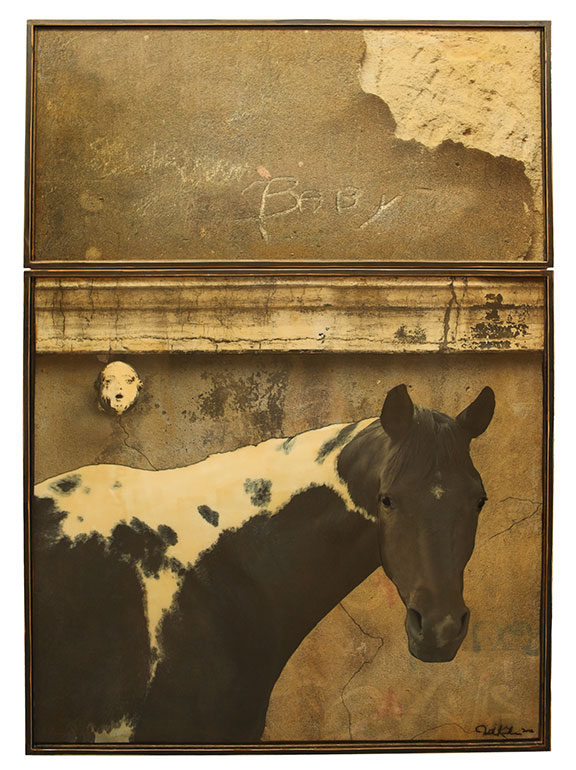
Baby, 2012, Mixed Media on 2 panels, 79" X 50"

Ancient, 2012, Mixed Media on 9 panels, 77" X 132.25"
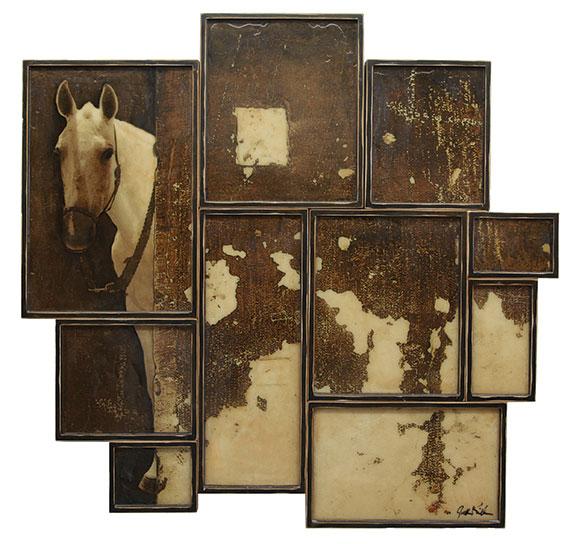
Discreet, 2012, Mixed Media on 10 panels, 56" X 57"SOLD

Fire, 2012, Mixed Media on 3 panels, 50" X 77.5"

Time to Go, 2012, Mixed Media on 2 panels, 75.25" X 25"
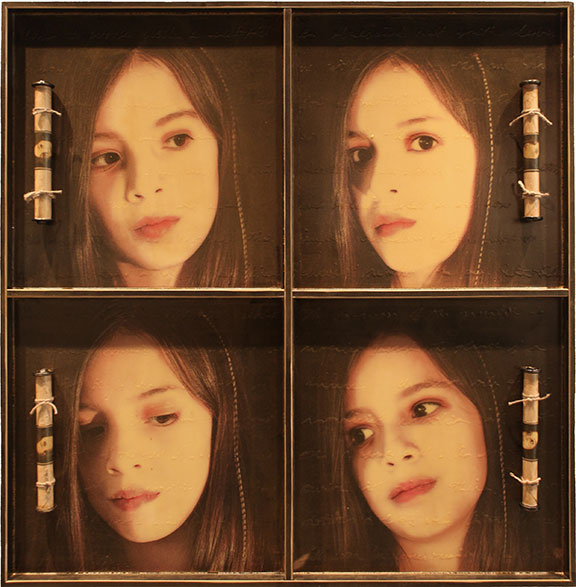
Hidden Thoughts, 2012, Mixed Media on 4 panels, 50" X 50"

Protect, 2012, Mixed Media on 6 panels, 72" X 25" SOLD
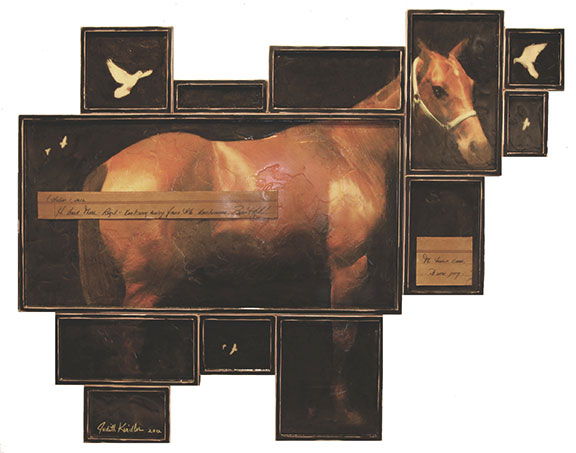
Protect, 2012, Mixed Media on 12 panels, 56" X 70"
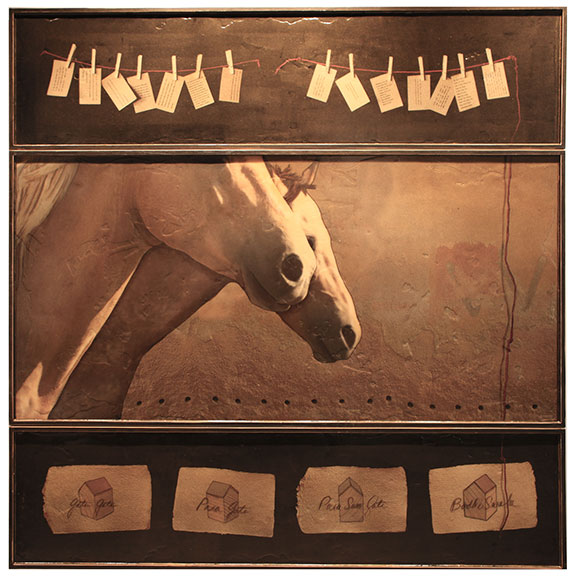
Letting Go, 2012, Mixed Media on 3 panels, 77" X 75"

Notes to Self, 2012, Mixed Media on 3 panels, 61" X 80"

Rope, 2012, Mixed Media on 2 panels, 37.5" X 21"

Prince, 2012, Mixed Media on 3 panels, 32.75" X 25.75"

Voyage, 2012, Mixed Media on 2 panels, 48" X 60"
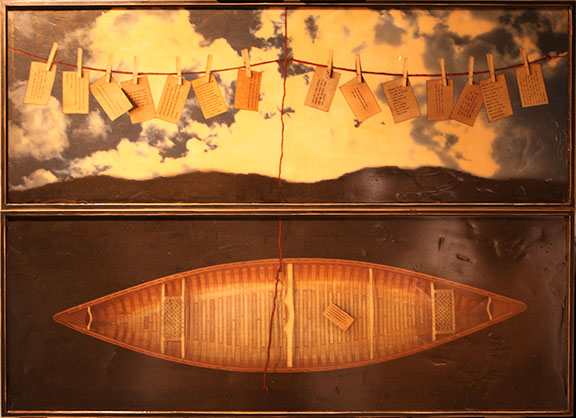
Voyage II, 2012, Mixed Media on 2 panels, 51.25" X 66.25" SOLD

Voyage II, 2012, Mixed Media on 2 panels, 51.25" X 66.25"

HomageI, 2012, Mixed Media on 4 panels, 45.25" X 47.25"

Going for Tea, 2012, Mixed Media on 2 panels, 48" X 60"
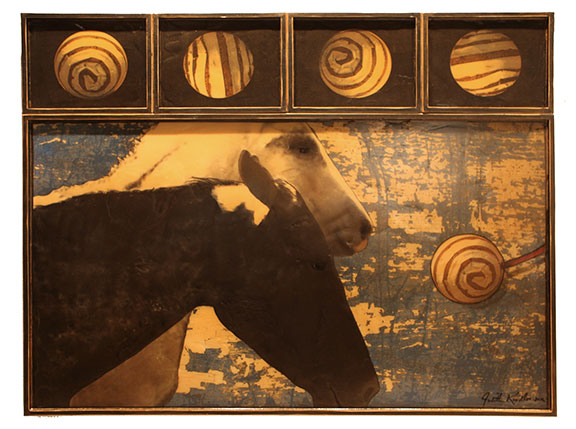
Chasing the Ball, 2012, Mixed Media on 5 panels, 48.25" X 60"
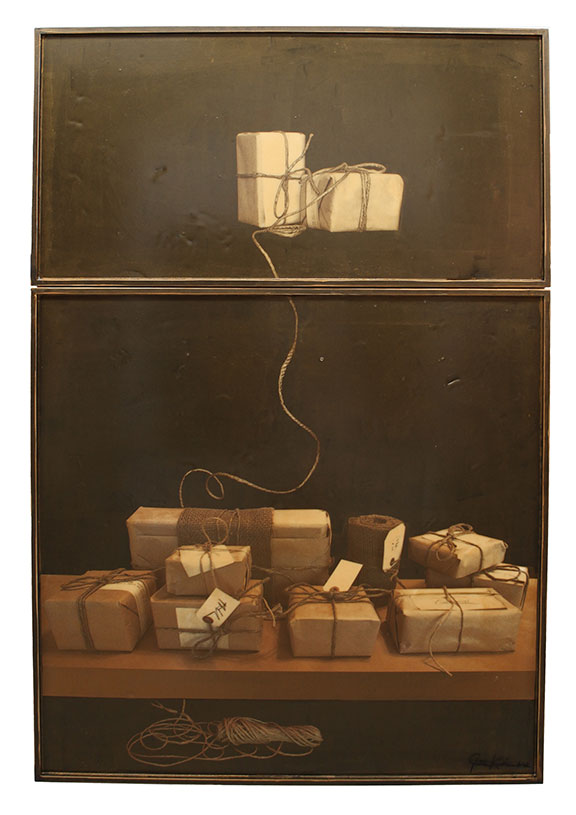
Of Special Interest, 2012, Mixed Media on 2 panels, 79" X 50"

When in Rome, 2012, Mixed Media on 3 panels, 79.25" X 49.25"

Fragile, 2012, Mixed Media on 3 panels, 55" X 21.25" SOLD

Man in Nature, 2012, Mixed Media on 8 panels, 27" X 77"

Not Afraid, 2012, Mixed Media on 7 panels, 67" X 25" |
|